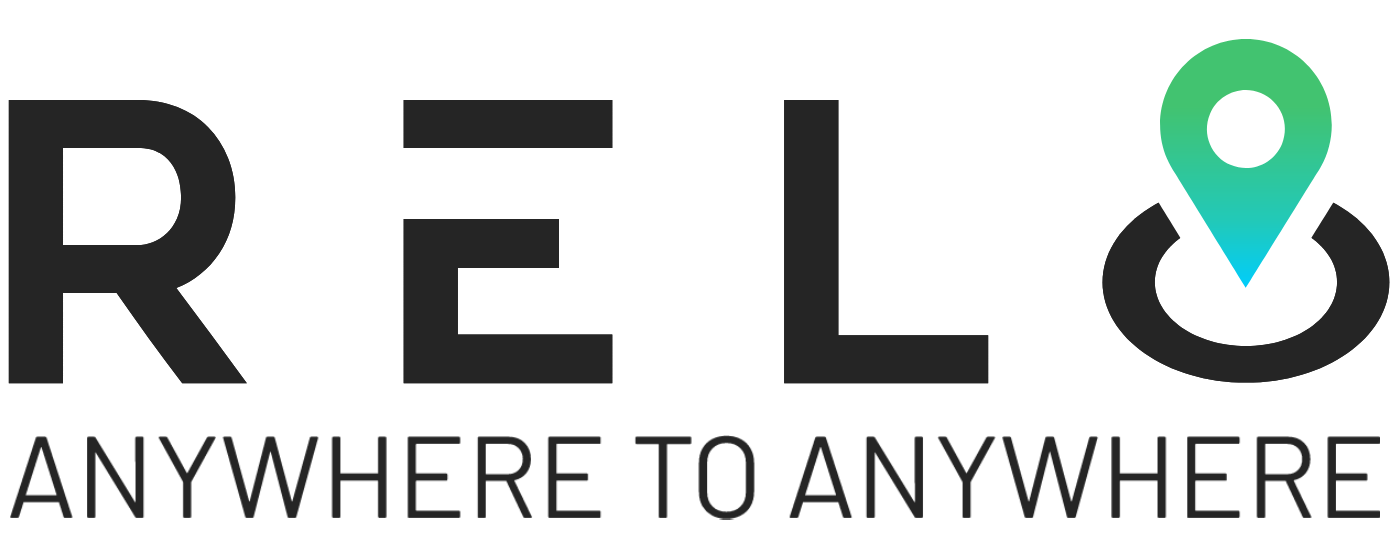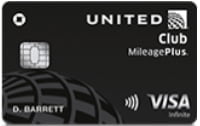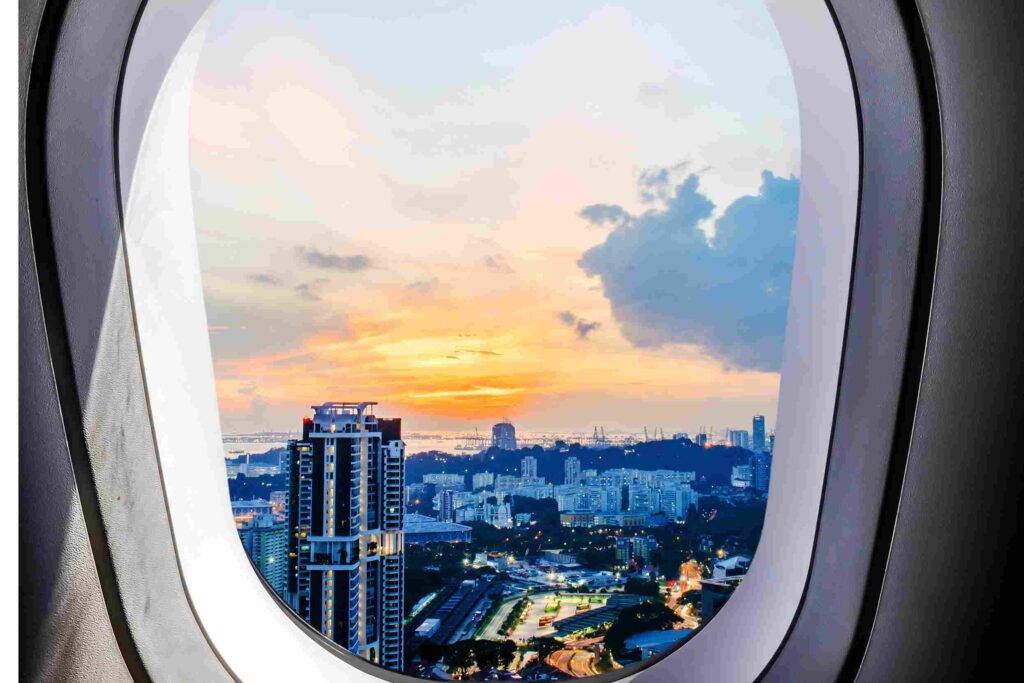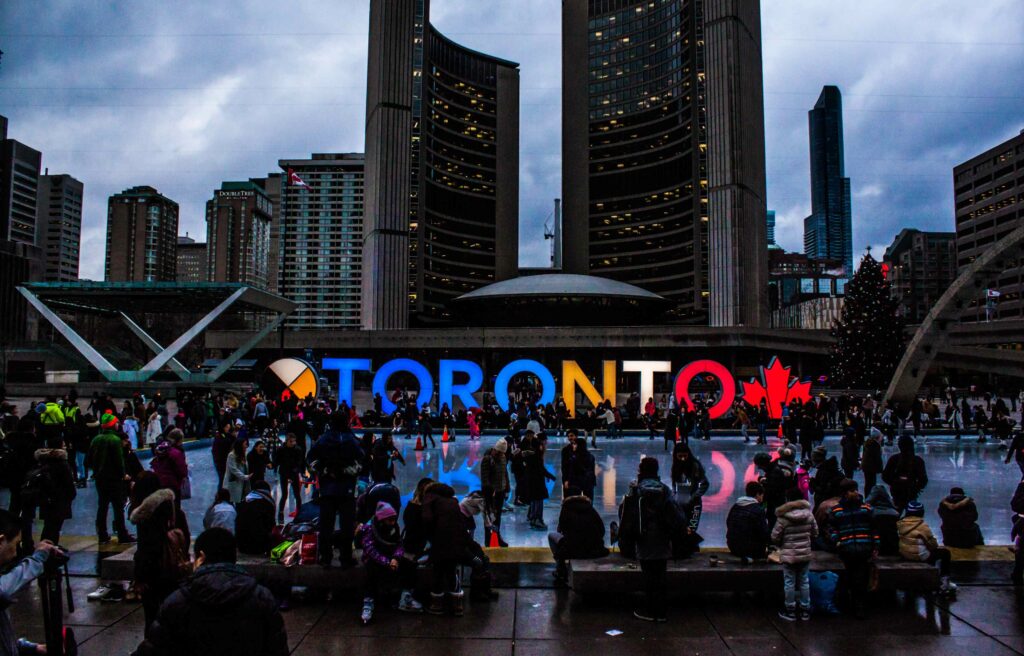Timing, location, and preparation shape how you settle into Chicago. Moving to Chicago checklist provides clear steps for starting strong in a city renowned for its pace, culture, and rich neighborhood identity. Chicago has a population of 2,699,347, according to aterio.io. Winters are intense, rent prices shift by season, and parking rules can surprise new arrivals. Planning well means fewer disruptions.
Each decision carves out the rhythm of your new routine. This checklist brings order to every step before and after the move.
1. Secure Housing Before Arrival
Chicago is seasonal. Rent prices shift depending on timing. Peak movement occurs during the summer when competition is at its highest. Lease options appear quickly and disappear just as fast. Start your housing search at least six weeks in advance.
Next, narrow your search by transit access and essential services. After all, daily life follows Transit, stores, and workplaces.
Areas like Lakeview, Hyde Park, and Pilsen bring their unique feel. The moving to Chicago checklist helps you compare them with clarity. So, map out your commute before you sign.
As new resident Marcus T. put it, “Thanks to Relo.AI, I found a place in Logan Square that matched my routine. From day one, everything flowed.”
💡 Related – The Ultimate Relocating Checklist for a Smooth and Organized Relocation
2. Budget for Moving Expenses
Movers in Chicago charge by staircases, traffic, and snow. Costs vary widely across the city’s 77 neighborhoods. National averages offer little help here.
Moreover, rates often climb during peak seasons. Additionally, snow removal fees are factored into the total. For example, winter moves tend to be more expensive. In some cases, the cost of moving to a two-bedroom apartment can exceed $2,000. This depends on the building layout. It also varies with timing and demand.
Therefore, get written quotes from at least three services. Also, keep track of parking permits and elevator bookings as they add up quietly. Early budgeting softens the blow before it lands.
As Jessica K., a clinical researcher who relocated from Denver (read our guide about relocating to Denver), recalled, “I thought I had it all covered until I learned about the $75 elevator fee and street permit. Those small costs added up fast.”
3. Update Legal Documents Promptly
After settling in, head to the local DMV. A new state ID or license is required within 90 days. Vehicle registration follows shortly after.
Forward mail with USPS ahead of time. Additionally, notify banks such as Chase, Bank of America, or Citi, as well as insurance providers like State Farm, Allstate, or Progressive, and government agencies to ensure uninterrupted access to essential services.
As Darius L., a consultant who followed the moving to Chicago checklist step by step, said, “Missing one document update delayed my car registration by three weeks. I learned quickly how fast paperwork matters here.”
💁♀️ Also read – Benefits of Travel Insurance for International Trip: Travel Worry-Free
4. Set Up Utilities Early
To begin with, energy bills differ by neighborhood and building age. Some older apartments rely on radiator heat, while others use gas. Winter brings a sharp rise in heating costs.
Set up electricity early. Do the same for gas, water, and internet. Schedule everything at least a week in advance. Then, choose a provider that responds quickly. Power rarely cuts, but readiness matters.

5. Prepare for Winter Weather
Chicago winters arrive suddenly, drifting in cold from the lake. Once winter arrives, it settles deep. It does not leave easily. Thick boots become essential. So wear a heavy coat, gloves, and snow gear.
Keep a shovel near the door if your steps meet the street. Ice forms in silence. By morning, the path may already be dangerous.
For more cold-weather tips, read our complete winter move guide.
As Sofia M., a teacher who followed the moving to Chicago checklist last January, recalled, “I didn’t expect the cold to hit so fast. Having my winter gear ready-made, my first month was bearable.”
6. Understand Chicago’s Parking Rules
Street parking in Chicago is a complex system, and the moving to Chicago checklist helps you navigate it. In many areas, a residential permit is required. Furthermore, during snow emergencies, entire streets become off-limits without notice.
Therefore, if you plan to drive, research your neighborhood’s parking zones in advance. Further, consider a garage if weather or safety concerns are a factor. For many, public transportation has become the more practical choice.
Here you see some rules to follow when parking in Chicago –
- Leave 15 feet of space near fire hydrants.
- Avoid bus lanes, bike lanes, and viaducts.
- No overnight parking on main streets from Dec 1–Mar 31.
- Do not park if snow accumulates to 2 inches or more.
- Alley parking is permitted only for loading and unloading.
- Do not park to make repairs or sell vehicles.
- Park in the direction of traffic.
According to SpotAngels, Chicago’s parking rules change with season and location.
As Mark R., a software engineer from Dallas, noted, “I learned the hard way during a snowstorm. One missed sign, and I was towed. Since then, I rely mostly on the train.”
7. Register to Vote in Cook County
First of all, Chicago is a politically active city. Participation starts with registration. You can do this online. Or, you can register in person after updating your state ID. Moreover, local elections affect schools. They also shape policing and transit funding. So, take five minutes to register.
As highlighted in the moving to Chicago checklist, civic engagement has a significant impact on your city experience in unexpected ways.
As Lena P., a recent transplant from Phoenix (also, you can read our guide on relocating to Phoenix), said, “Voting here made me feel part of the city faster than anything else.”
8. Find a Local Healthcare Provider
Transferring medical records is a time-consuming process. Do this before you need care. Fortunately, Chicago has strong healthcare options. It is home to major hospital networks.
These include Northwestern Memorial, Rush University Medical Center, and the University of Chicago Medical Center. Each offers a wide range of services.
In addition, select a provider within a reasonable distance of your new home. Urgent care centers and pharmacies also vary by neighborhood. So, identify them early to avoid delays when care becomes urgent.
9. Learn the Public Transit System
To start, the CTA runs the city. Trains and buses connect the North Side to the South and everywhere in between. During rush hour, service is packed but generally reliable.
Next, purchase a Ventra card. Then, review the routes. After that, check the train schedules. Then, do the same for buses. Additionally, use apps like Transit. Citymapper can also guide your daily commute.
Still, timing experience often beats digital tools. Since driving is slower downtown, trains usually offer a quicker route.
Recommended read – 10 Genius Ways to Relocate on a Budget
10. Explore the City Before Committing
To begin with, before you become a local, act like one. As part of your moving to Chicago checklist, spend a weekend walking through different neighborhoods.
For instance, grab coffee in Andersonville, visit the Logan Square markets, and ride the Brown Line to take in the skyline.
In short, this city rewards curiosity. Therefore, exploration helps narrow down what kind of life fits your Chicago chapter.
As Javier M., a photographer from Portland, shared, “Wandering the city before I moved gave me a feel for its pace. That weekend helped me choose a neighborhood that matched my life.”
The Support You Need for a Confident Move to Chicago
Relo.AI helps individuals, families, and professionals move to Chicago with clarity. We carefully map each step to minimize stress and prevent delays. Besides, we provide support for housing, documents, budget planning, and local setup. From movers to utilities, every detail stays in order.
Chicago moves quickly. That’s why, with the proper support, your first weeks become smooth, focused, and well-paced. At the same time, we guide you through neighborhood choices, city registration, and daily essentials. Ultimately, nothing is left behind in the process.
Every relocation brings questions. With us, you get answers backed by experience.
Set up a quick call with us to begin your smooth transition.
Final Say
Every relocation feels urgent. Every box packed carries the weight of the decision. In a city like Chicago, order and planning offer a softer landing. The moving to Chicago checklist keeps the process clear and organized. From housing to healthcare, each step ensures less friction and more certainty. Arrival happens once. Make it count.
Chicago does not wait for you to catch up. Moving in with clarity gives you room to breathe.
The right start shapes everything that follows.









